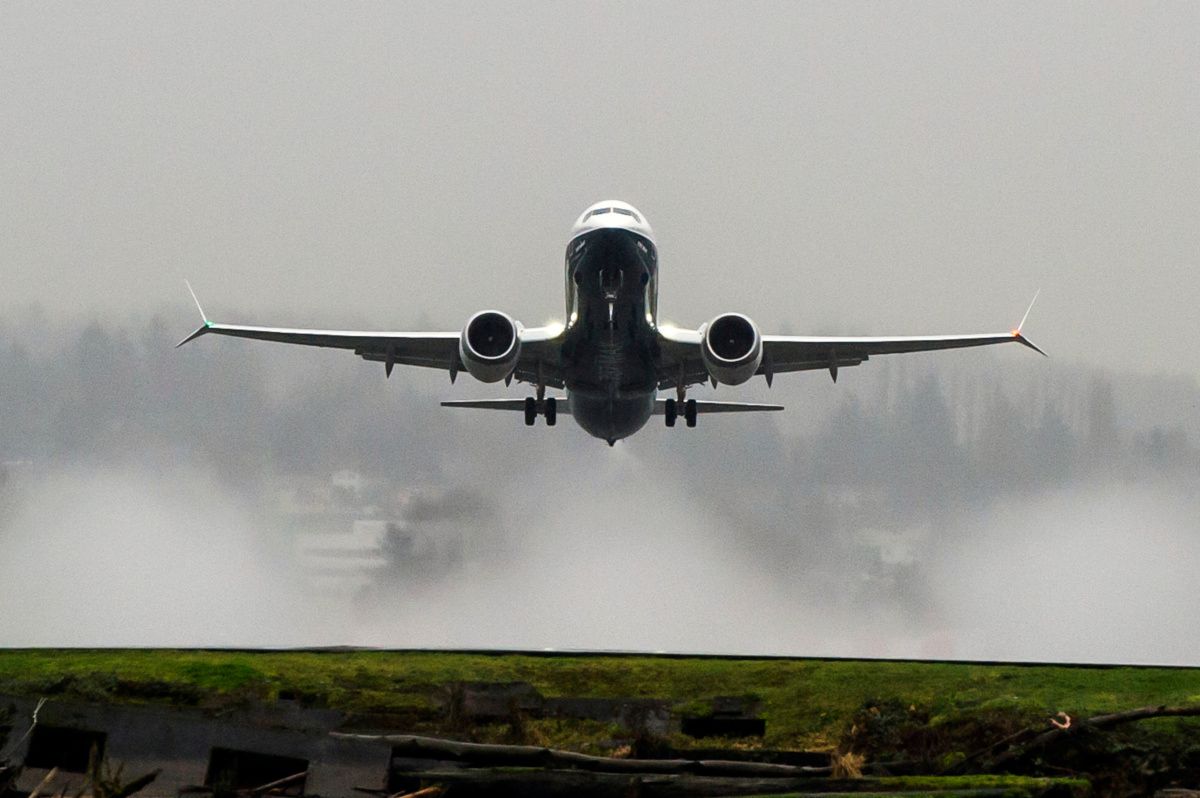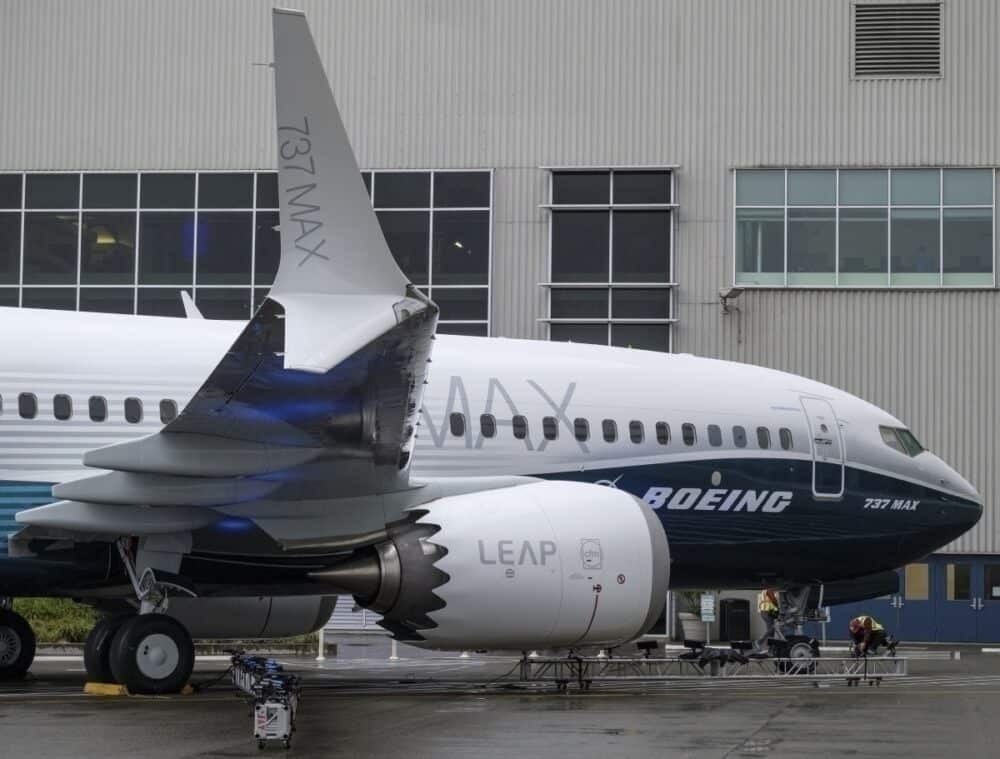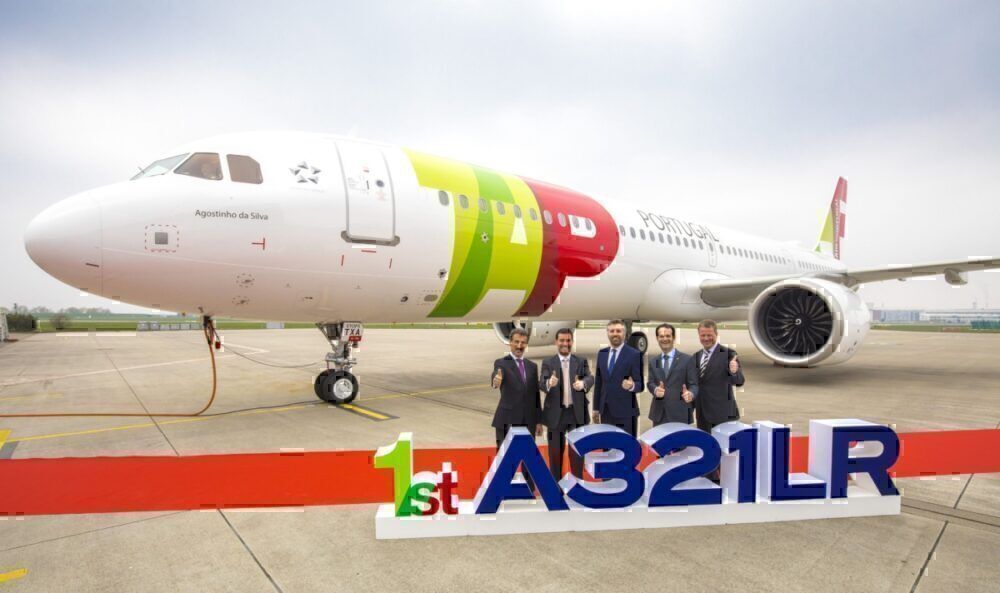Five years ago, Boeing floated the idea of a long-range narrowbody aircraft, based on the 737 MAX. The 737-8ERX would have more range, an increased take-off weight and was Boeing’s answer to the Airbus A321LR. But where is it now? Let’s take a look.
What is the ERX?
Showcased by Boeing to airlines five years ago, the 737-8ERX is a concept that is based on the 737 MAX 8 airframe but with a higher maximum take-off weight (MTOW). Its MTOW is pegged at 88.3 tons, as opposed to the 82.2 tons of the regular MAX 8.
Boeing achieved this by adapting the airframe to use the wings, landing gear and central section from the 737 MAX 9. The end result was, in theory, an aircraft that could achieve a greater range. On paper, the aircraft was capable of 4,000 nautical miles, almost 500 NM further than the MAX 8.
It achieves this feat in the same way Airbus has stretched the range of the A321 for the LR and the forthcoming A321XLR – with extra fuel tanks. The A321LR has capacity for up to three additional center tanks in the cargo bays, while the XLR will use a Rear Center Tank (RCT) to power its unprecedented range.
This is where that higher MTOW comes in useful. Unless the MTOW can be enhanced, passenger seats would need to be blocked. To avoid this, Boeing cleverly up-gauged the aircraft’s essential components to those of its bigger brother in order to give it the uplift it needs to still fly with full passenger capacity.
Because of these higher weights and subsequent changes in flight management characteristics, the aircraft would also require revised software in the Flight Management Computer. But, other than that, it’s a pretty smart solution to a long-range narrowbody offering, which would require minimal engineering to produce.
Stay informed: Sign up for our daily aviation news digest.
Where is it now?
While the ERX sounds like a smart move from Boeing, this was five years ago when it was first floated as an idea. Leeham News reports that the anticipated entry into service was being mulled as either this year or next (2021). But, as of today, there has been no official announcement, let alone any orders for this type, so what happened to it?
The likely answer to this is that it just didn’t work on paper. While it certainly achieved a superb range, going around 100 NM further than the A321LR, it would carry far fewer passengers than the Airbus alternative. Airlines configure their aircraft differently, but as a guide, Air Astana’s A321LR has 166 seats, 16 of which are lie-flat business class. An all-economy A321LR could seat 200 passengers or more. Conversely, the 737-8ERX would likely top out at 150 passengers in two classes.
If that wasn’t enough to put Boeing off further pursuit of this concept, there is also the advent of the A321XLR to consider. While it was only officially announced last year, it had been widely known that such a plane was being studied. The ‘Xtra long’ range of this variant, at 4,700 NM, threw some serious shade onto Boeing’s long-range concept. It just couldn’t compete.
Once the current issues with the MAX line of aircraft are fully resolved, Boeing could revisit this concept in a bid to compete with the XLR. However, if they want to snag some of the potential customers, they’ll have to move fast. Airbus has already booked more than 450 orders for the type, and with more range and more seats than the ERX, there doesn’t seem to be much of a market left for Boeing’s bold idea.



